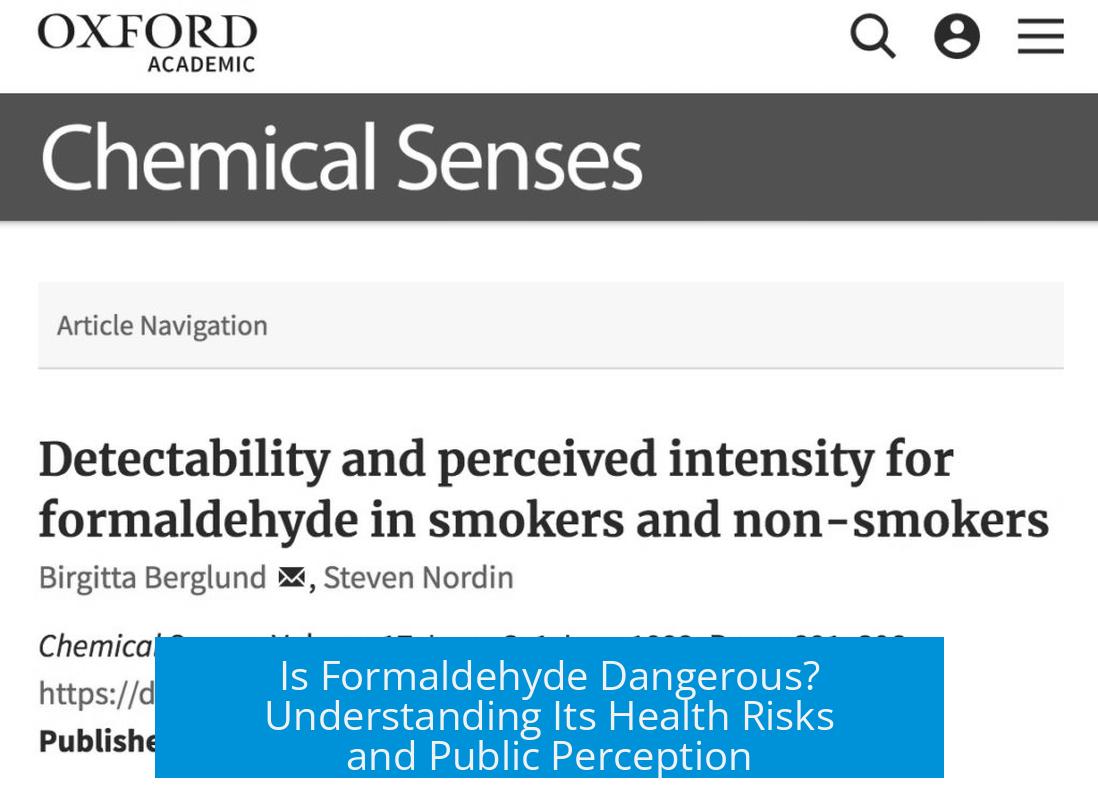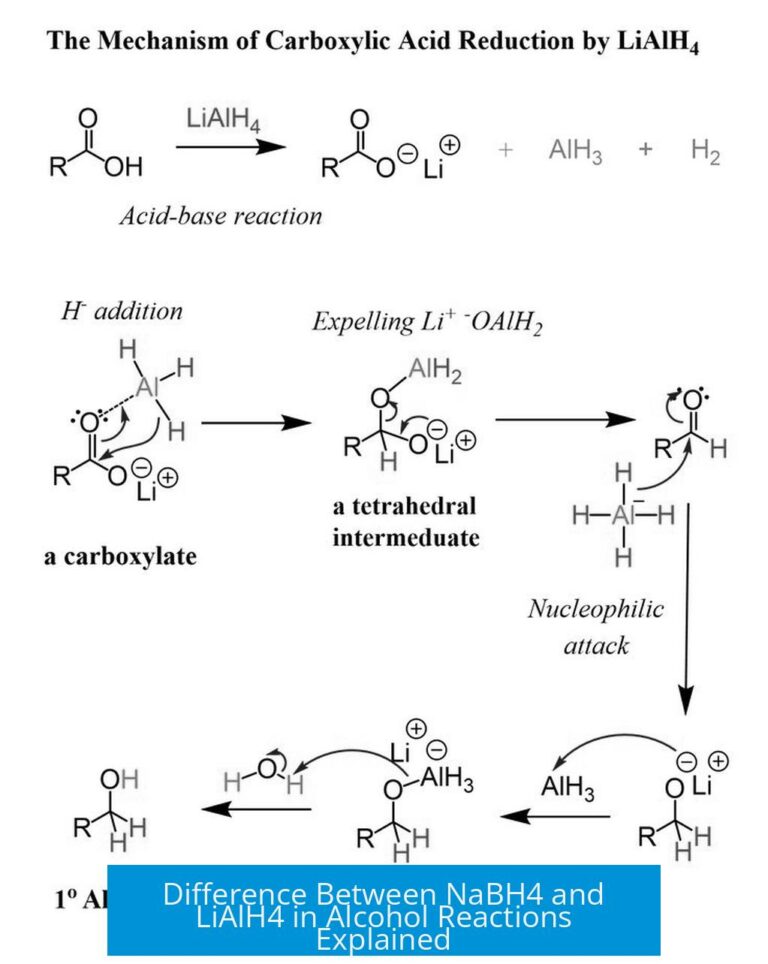Is Formaldehyde Really THAT Bad?
Formaldehyde is a recognized carcinogen and can cause respiratory and eye irritation, especially with chronic exposure. However, typical exposure levels from everyday sources, such as off-gassing from new furniture, are usually much lower and often considered safe for most people.
Carcinogenic Potential
Formaldehyde is classified as a carcinogen. Studies linking formaldehyde to cancer generally involve exposure to concentrations much higher than what people usually encounter in homes or offices. Regulatory bodies, like California’s Proposition 65, list formaldehyde as a cancer-causing chemical, though some critics argue the classification may be overly cautious.
Exposure Levels and Effects
Trace Amounts in Environment
Small quantities of formaldehyde naturally exist in the air and water. These trace levels do not typically pose health risks. Human exposure through breathing or drinking water at these levels is considered harmless.
Off-gassing from New Products
Formaldehyde is one of many volatile organic compounds (VOCs) released during off-gassing. This occurs when new products containing adhesives or processed wood, such as particle board, emit gases. The “new desk” or “new car” smell comes largely from VOCs including formaldehyde. Concentrations in typical indoor air from off-gassing are low, usually below harmful thresholds unless an individual is specifically sensitive or allergic.
Mitigation Practices
- Ventilate spaces by opening windows.
- Allow new furniture to air out in a well-ventilated area or even outdoors before use.
- Keep drawers or sealed compartments open to improve air circulation and reduce VOC buildup.
Health Effects with Chronic Exposure
Long-term exposure to low levels of formaldehyde can cause irritation of the throat, nose, eyes, and respiratory tract. Anecdotal reports of “new trailer” or “laboratory” odors causing discomfort emphasize this point. These symptoms typically improve once the formaldehyde source diminishes or ventilation increases.
Public Perception and Smell
People often associate formaldehyde’s characteristic odor with decaying organic matter such as animal organs. This reaction contributes to its negative reputation, beyond the chemical’s actual toxicity at common exposure levels.
Key Takeaways
- Formaldehyde is indeed carcinogenic but risks depend on concentration and exposure duration.
- Trace environmental amounts are typically harmless.
- Off-gassing from new products releases low levels of formaldehyde and related VOCs.
- Good ventilation minimizes health risks and odor concerns.
- Chronic exposure to elevated levels can irritate respiratory passages and eyes.





Leave a Comment